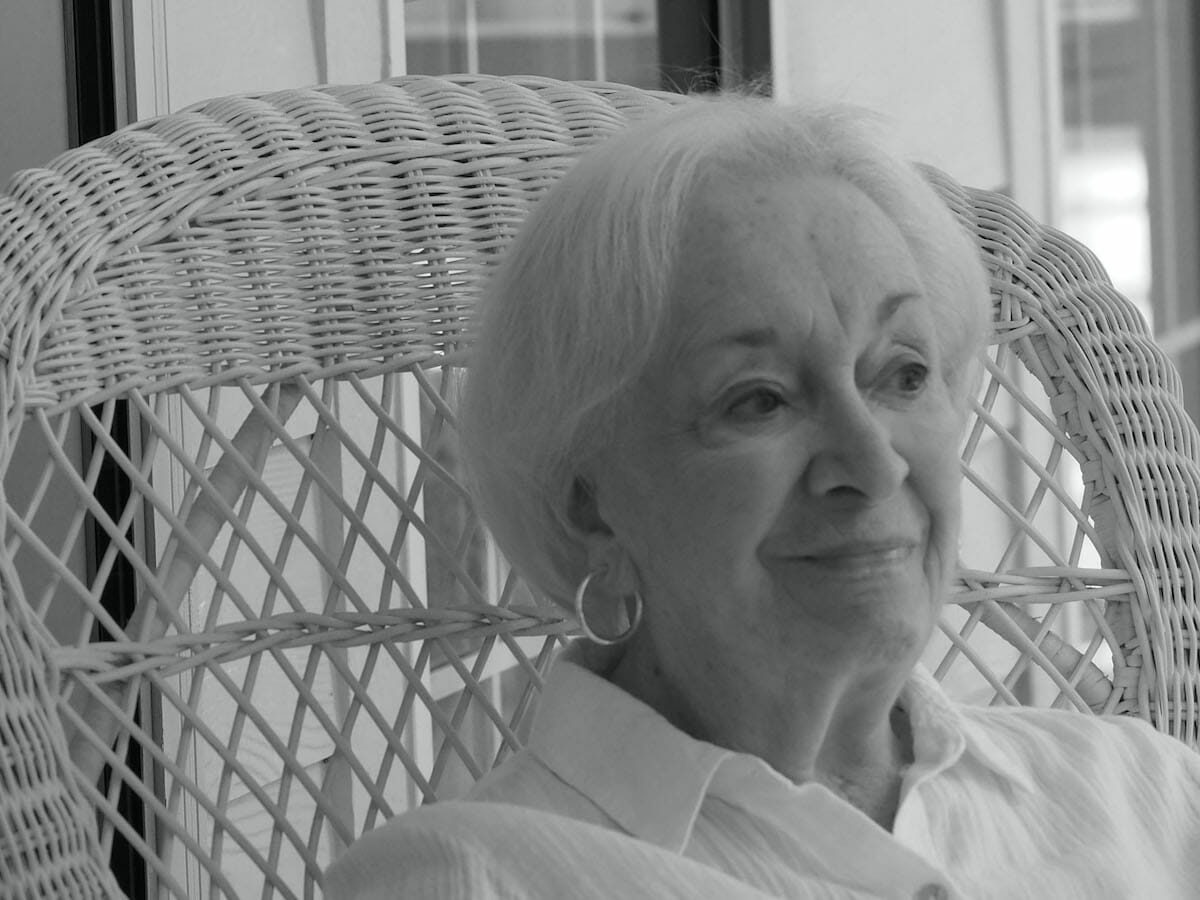For The Island News
Perhaps one of the finest inventions ever to come our way is the mute button on the television remote control. In my case it is the most used part of that instrument, since I tend to immediately shut down any commercial that intrudes, seemingly every 60 seconds, as I watch the news. Some may see those intrusions as a blessing, given the tenor of today’s news, but I submit that things aren’t much better when watching any program.
I think I began to notice the superabundance of advertising for pharmacy drugs around the time when I was isolated by COVID, with only the television as a frequent companion. My recognition of these medicinal bids for attention registered briefly; however as I began to pay closer attention, even with a muted TV, I noted the uptick of pharmaceutical advertisement.
This caused me to question why. Do people really pick up the phone, call their physician, and suggest that they wish to try this new drug rather than what they are using? Do they wait for the next six month check-up and convey this wish, based upon a commercial? No one supports more than I the idea of being your own patient advocate, but at what point do we stop to analyze the influence of advertising?
The whole thing seemed rather bizarre, but I was sufficiently intrigued to start digging for some information that might convince me that spending millions, perhaps billions, on these ads is profitable business. What follows is but a small portion of what I found.
One fact that caught my eye is relatively simple as well as a pause for consideration. The only other country in the world that permits the kind of persistent drug advertising that we see in the USA is New Zealand. Not one other country permits this kind of bombardment.
Now my goal in writing this isn’t to address a specific company or a particular drug. Instead I want to focus upon how the pharmaceutical companies as a whole have managed to gain a stranglehold on the advertising that crosses our screens on a daily basis.
In 2020 TV ad spending by pharma accounted for 75% of total ad spending. For TV alone (excluding radio, magazines, and newspapers), there are 187 commercials for 70 prescription medications, and it is reported that these have aired half a million times since 2018. Additionally, one report states that between 2015 and 2021, $22.3 billion was spent on these ads.
And what about side effects? These often include “possible death” which should lead us to look long and hard at how these ads are presented. I remember when my younger granddaughter was perhaps 14, and we were watching television together. An ad came on, concluding with all the possible side-effects. She looked at me and said, “If all those other things might happen to you, why would you even think about taking medicine like that?” Good question, my dear.
And an even better question is this: why aren’t more restrictions and tighter control applied to this advertising sector? My research led me to this. To begin with, federal law does not permit the FDA to require pharmaceutical companies to submit ads before they are aired. Nor can the FDA bar the advertising of drugs that may cause injury, addiction, withdrawal effects or death.
Furthermore, these companies are not required to state the cost involved. There is no process in place where approval of an ad must be secured. How can this be? We are dealing with people’s lives, thus my use of the word “stranglehold.”
I found one article online, parts of which I must share to make my point. The FDA approved CSL Behring’s hemophilia B gene therapy, a one-off infusion that frees patients from regular treatments but costs $3.5 million per dose, making it the most expensive medicine in the world. This treatment, administered just once, cuts the number of bleeding events expected over the course of a year by 54%, a key study found.
“While the price is a little higher than expected, I do think it has a chance of being successful because 1) existing drugs are also expensive and 2) hemophilia patients constantly live in fear of bleeds.” This statement came from Brad Loncar, a biotechnology investor and CEO of Loncar Investments. He went on to say it is “a gene therapy product that will be appealing to some.”
I include this because it hit home in a very personal way. When my late husband was diagnosed with Chronic Lymphocytic Leukemia in 1998, we were told by his physician at Johns Hopkins about “gene therapy” as a possible treatment for him. It was not yet available, but he was asked to give blood samples that would be distributed to labs working throughout the country on this disease.
Sadly, he passed away in 2001 without any treatment. What struck me when I read the above was this: if we had been confronted with the decision of choosing a treatment that would have saved my husband’s life at a cost of $3.5 million, what would we have done? What could we have done?
“The price is a little higher than expected”?
“Hemophilia patients constantly live in fear of bleeds”?
Price=Fear=Profits. Please note the speaker’s position and his final quote, “A gene therapy product that will be appealing to some.” Indeed it will, to those who have incredible wealth.
It is generally accepted that companies see this ad blitz as a way to target older viewers who need more extensive care and who are confronted with potentially life-threatening illnesses. So I guess it comes down to this: we know that the side effects are listed at the end of a commercial in rapid-fire succession, and the print on the screen is small. Does the responsibility for ferreting out the necessary information lie with the viewer? Does it matter that that viewer may be hearing impaired or have visual problems, leading to a lack of understanding? Do the viewers realize that the new product being hyped is more expensive than what they are presently taking? Or do these companies, in fact, rely completely upon a lack of attention to details?
We all remember how the witches in Shakespeare’s Macbeth stirred their cauldron full of medicinal antidotes and proclaimed, “By the pricking of my thumb, something wicked this way comes.” You, dear reader, decide who constitutes the wicked.
Carol Lucas is a retired high school teacher and a Lady’s Island resident. She is the author of the recently published “A Breath Away: One Woman’s Journey Through Widowhood.”




